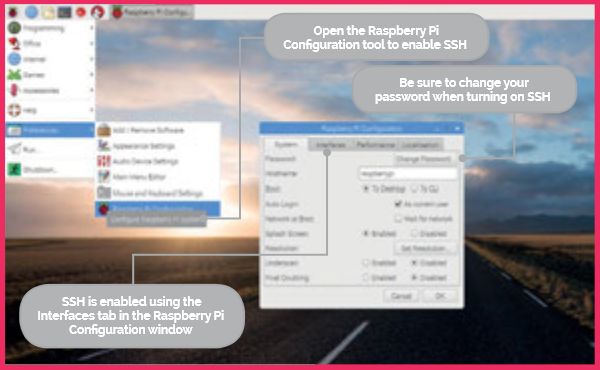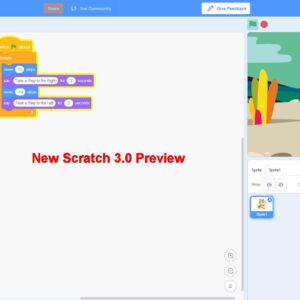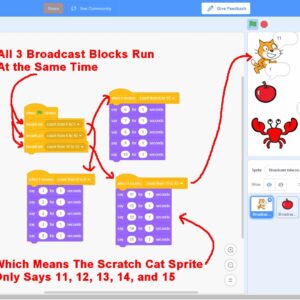The small size of the Raspberry Pi makes it perfect for projects around the home. When setting up your Raspberry Pi device, you’ll typically connect a keyboard, mouse, and display via the Raspberry Pi USB Port(s). But when you’re deploying it in the home, for example as a retro gaming console or media box, then you won’t want a keyboard and mouse attached to it.
More complex projects may even embed your Raspberry Pi in home devices where attaching a keyboard and mouse isn’t practical, or even possible. Having to extract your Raspberry Pi from its project and set it back up again every time you want to access it is a pain. And a needless one.
With SSH set up, and your Raspberry Pi connected to the same network as your laptop, you can connect to the Raspberry Pi using SSH and share files. You can also work on the command line, editing files and making changes (although to work with the Desktop you’ll need to use a more advanced technology like VNC – Virtual Network Computing).
Continue Reading Raspberry Pi SSH Tutorial





Arduino IDE Manage Libraries #Arduino...
Install the Arduino IDE Software #Arduino #Coding...
Raspberry Pi PoE HAT Add-On Board #RaspberryPi...
Arduino IDE Sketchbook Location #Arduino...
New Scratch 3 Visual Programming Tool Design #Scratch #Programming...
Snap Machine Learning Custom Blocks: New Snap! commands, sample projects, and a teacher guide to...